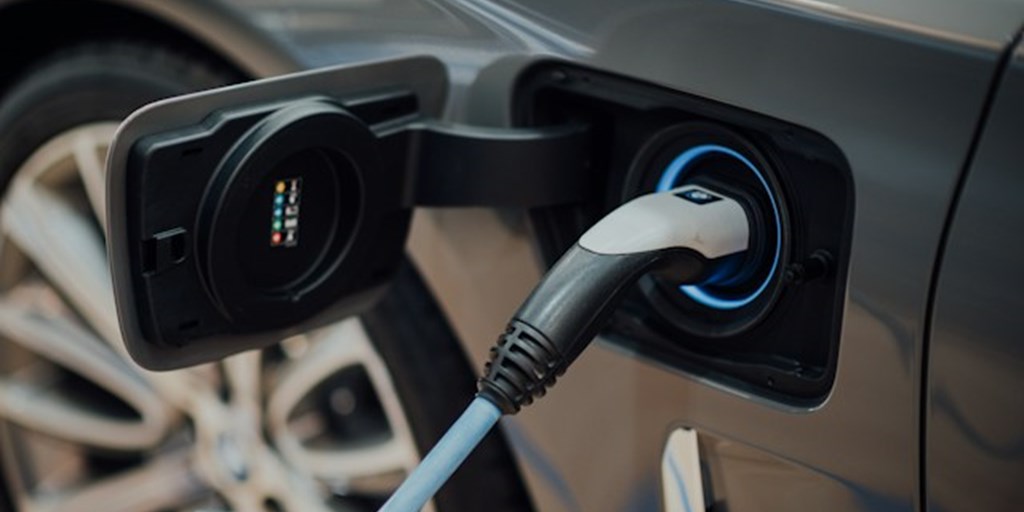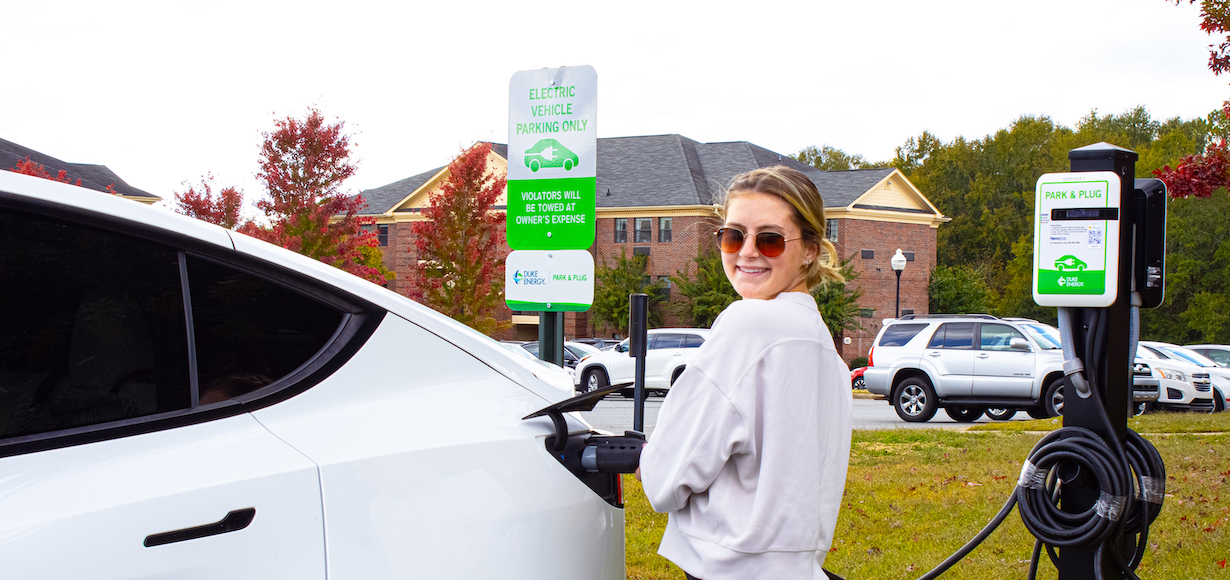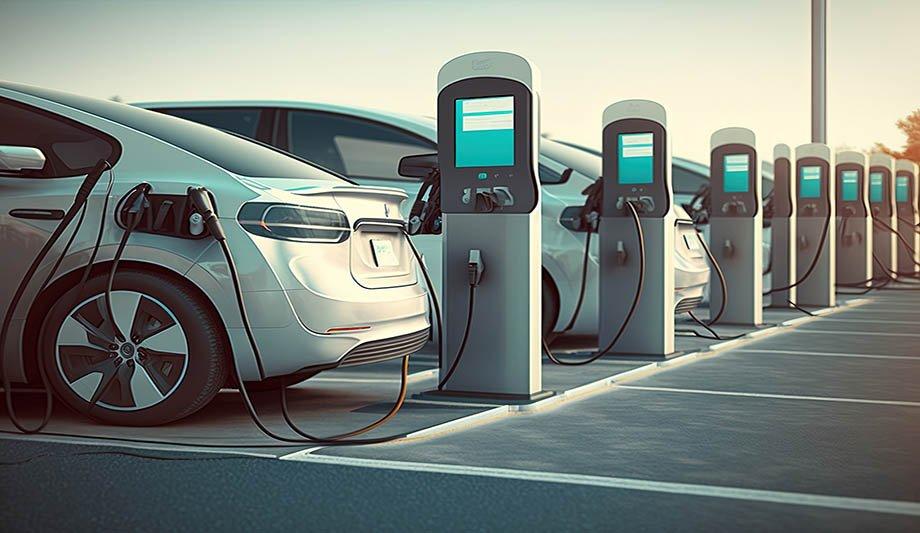What’s Driving the Growth of EV Infrastructure? Buy EV Charging news for Key Updates
What’s Driving the Growth of EV Infrastructure? Buy EV Charging news for Key Updates
Blog Article
Leading EV Charging Information: Key Updates on Facilities and Technology

Current Innovations in Fast-Charging Technology

Moreover, improvements in battery technology, including boosted thermal management systems and higher power density batteries, complement fast-charging capacities. These developments reduce the threat of battery degradation during fast charging, making certain longevity and performance for EV proprietors.
In addition, the integration of wise billing remedies is enhancing individual experience, making it possible for real-time surveillance and dynamic prices designs. EV Charging news. This adaptability permits drivers to maximize billing times and costs based on grid demand
As car manufacturers remain to purchase fast-charging networks, the cooperation between industry stakeholders is essential. Partnerships between charging terminal suppliers and auto manufacturers are paving the way for comprehensive protection, eventually promoting a much more robust EV community. These developments are essential in supporting the shift to sustainable transportation.
Government Campaigns for Billing Development
Federal government efforts play an important function in the growth of electric vehicle (EV) billing framework, promoting the change to sustainable transportation. Various government and state programs are being applied to improve charging accessibility, reduce the economic problem on consumers, and promote the fostering of electrical automobiles.
Significantly, the U.S. federal government has actually assigned considerable funding via the Infrastructure Investment and Jobs Act, which sets aside $7.5 billion for EV charging network development throughout the nation. This financing is focused on deploying hundreds of new charging stations, specifically in underserved areas, thus addressing variety stress and anxiety amongst prospective EV buyers.
In addition, various states are establishing regulations to streamline the allowing process for billing station setups, which is important for increasing implementation. Incentives such as tax debts and refunds for both customers and companies are additionally being introduced to urge the installation of charging framework.
Additionally, public-private collaborations are progressively coming to be a focus, leveraging personal financial investment to complement government financing. These initiatives highlight a joint approach necessary for constructing a extensive and reliable EV billing network, inevitably adding to a greener and more lasting future.
Cutting-edge Battery Solutions Enhancing Efficiency
Transforming the landscape of electric automobile (EV) modern technology, innovative battery services are substantially boosting efficiency and performance. Advancements in battery chemistry, especially with lithium-sulfur and solid-state batteries, are causing raised power thickness, which enables longer ranges and faster charging times. These new battery types have the potential to exceed standard lithium-ion batteries by using greater capabilities while lowering weight, therefore boosting total car effectiveness.
Additionally, advancements in battery administration systems (BMS) are enhancing energy usage and extending battery lifespan. Intelligent formulas check battery wellness and efficiency, allowing real-time modifications to charging and discharging procedures. This not only improves the efficiency of the battery but also makes certain an extra trusted and lasting energy resource for EVs.
Moreover, the combination of reusing modern technologies is resolving the ecological impact of battery production and disposal. Technologies in second-life applications for EV batteries are facilitating their use in power storage systems, adding to a circular economic situation.
As these innovative battery services continue to advance, they guarantee to transform the EV market, making electrical cars more appealing and easily accessible to a wider target market while original site supporting global sustainability objectives.

Collaboration Between Automakers and Charging Networks
Recognizing the crucial requirement for a robust charging infrastructure, automakers are increasingly collaborating with charging network service providers to improve the EV ownership experience (EV Charging news). These partnerships aim to create a smooth billing ecological community that profits customers and sustains the shift to electric cars
Major automotive brand names are signing up with forces with recognized charging networks to expand their billing websites terminal protection, guaranteeing drivers have accessibility to hassle-free and trusted charging alternatives. For example, collaborations with networks like ChargePoint and Electrify America allow car manufacturers to incorporate charging remedies straight into their lorries' navigating systems, directing users to the local stations and providing real-time schedule updates.
Moreover, these collaborations usually lead to the development of fast-charging innovations that significantly minimize the time needed to reenergize an EV. By pooling sources and knowledge, car manufacturers and charging networks can introduce faster, producing remedies that satisfy the expanding need for electric flexibility.
In addition, joint efforts might also cause even more standardized charging methods, which can alleviate consumer complication and advertise more comprehensive EV adoption. In general, these critical partnerships are pivotal in developing a reliable and user-friendly billing framework that fulfills the needs of an expanding electric automobile market.
Obstacles Facing EV Charging Facilities
As the electric automobile market remains to expand, several challenges are emerging that impede the advancement of a thorough billing framework. One of the primary obstacles is the insufficient number of charging stations, particularly in underserved and rural urban areas. This gap creates range anxiety among potential EV buyers, deterring them from making the switch.
Additionally, the lack of standardization in charging technology makes complex the framework landscape. Variants in plug kinds and billing speeds can create confusion for customers and raise functional intricacies for charging network operators. Furthermore, the integration of billing terminals right into existing electrical grids poses significant obstacles. Several areas deal with capacity constraints, calling for considerable investments in grid upgrades to suit boosted demand.
Another pushing problem is the high cost connected with the installation and upkeep of charging terminals, which can be a barrier for both public entities and private services. Finally, governing obstacles and zoning constraints can delay the release of charging framework, hindering progression in expanding crucial services. Resolving these challenges will be critical for fostering a robust EV ecological community that supports the shift to lasting transport.
Final Thought
To conclude, the recurring advancements in EV charging innovation, supported by substantial government initiatives and ingenious battery solutions, are crucial for the growth and efficiency of electric lorry framework. Partnerships in between car manufacturers and billing service providers even more improve station coverage, dealing with the growing demand for accessible charging alternatives. Regardless of obstacles that linger within the EV billing landscape, these advancements represent a positive trajectory towards a more reliable and lasting electric car community.
Innovations browse this site in billing framework have actually led to the advancement of ultra-fast chargers qualified of providing up to 350 kW of power, considerably decreasing charging times. Variants in plug types and billing rates can produce confusion for customers and enhance operational intricacies for charging network drivers.In final thought, the continuous advancements in EV billing innovation, sustained by considerable government campaigns and ingenious battery solutions, are critical for the growth and efficiency of electrical vehicle framework. Partnerships in between automakers and billing companies further boost station insurance coverage, dealing with the expanding demand for easily accessible charging choices. Despite difficulties that linger within the EV charging landscape, these growths represent a favorable trajectory in the direction of a much more effective and lasting electric automobile ecosystem.
Report this page